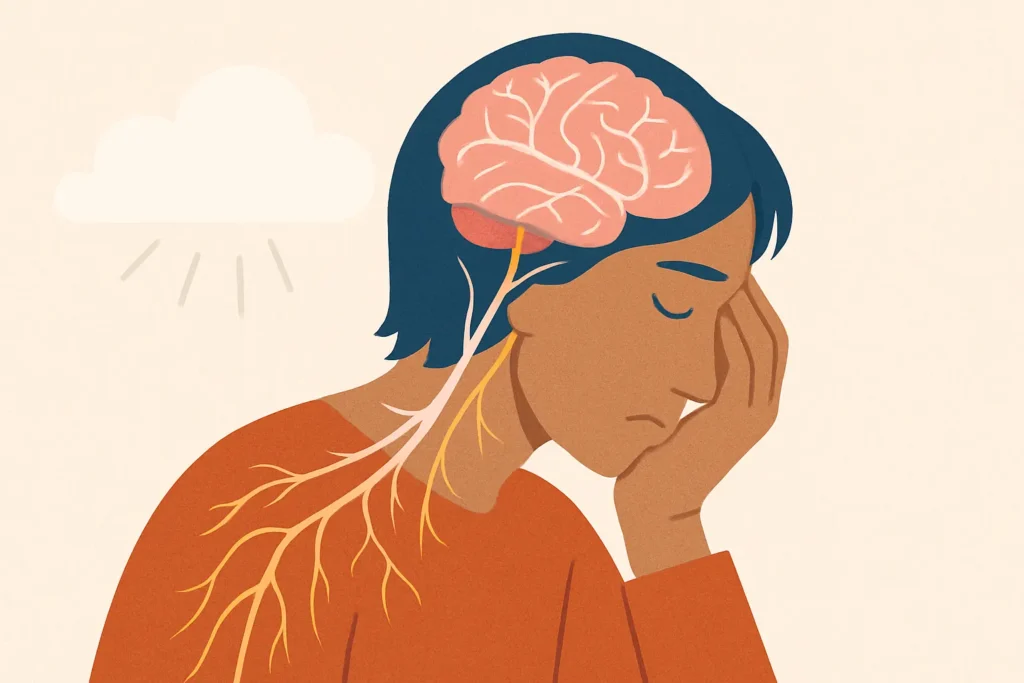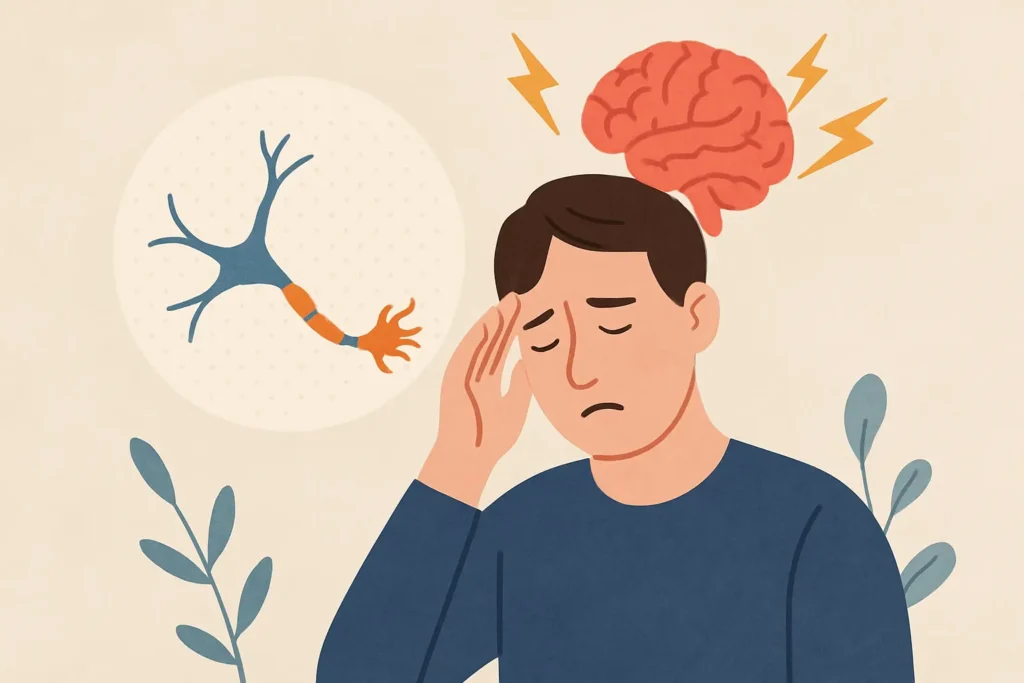So I’ve had a brain injury but why am I so tired all the time?
Among the diverse sequelae of an acquired brain injury, post-traumatic fatigue is one of the most prevalent, pervasive, and misunderstood symptoms. Often described by our clients as a profound and overwhelming sense of exhaustion, this condition is clinically distinct from conventional tiredness. It represents a significant barrier to successful rehabilitation, return to work, and overall quality of life.
This blog will explore the underlying reasons for this debilitating fatigue, its clinical characteristics, and established strategies for its management. The condition is not a reflection of poor motivation or psychological weakness but rather a direct and complex physiological consequence of trauma to the brain.
The Pathophysiological Basis of Post-Injury Fatigue
The human brain consumed approximately 20% of the body’s total energy despite accounting for only 2% of its weight. Following an injury, this energy requirement escalates dramatically as the brain attempts to manage damage, repair neural circuits, and maintain function.
- Increased Metabolic Demand: A brain injury induces a state of metabolic crisis. Cellular repair processes, the management of inflammation, and the need to reroute neural signals around damaged areas all require substantial energy, primarily in the form of glucose and oxygen. Consequently, the brain’s baseline energy consumption increases, leaving fewer resources available for daily activities. Basic functions that were once automatic now impose a significant cognitive and energetic load.
- Cognitive Fatigue: This refers to the exhaustion resulting from mental exertion. After a brain injury, core executive functions—such as attention, concentration, memory, and decision-making—are often impaired. The brain must expend considerably more effort to perform these tasks. This heightened mental effort drains energy reserves rapidly, leading to a state where further cognitive processing becomes exceptionally difficult.
- Physical Fatigue: Neuromuscular control is governed by the brain. An injury can disrupt the efficiency of signals transmitted to the muscular system, affecting coordination, balance, and muscle tone. As a result, physical activities require more energy and concentration than before the injury, causing individuals to tire much more quickly from minimal physical exertion.
- Impaired Sensory Filtering: A common consequence of brain injury is a reduced ability to filter sensory information from the environment. The brain can become easily overwhelmed by stimuli such as bright lights, ambient noise, or crowded spaces. The continuous effort to process this sensory overload is profoundly draining and can trigger an abrupt onset of severe fatigue.
The Role of Sleep Disruption
The relationship between brain injury and fatigue is further complicated by a high incidence of sleep disorders. The neurological structures that regulate sleep-wake cycles are often vulnerable to damage. This can manifest as:
- Insomnia: Difficulty initiating or maintaining sleep.
- Hypersomnia: Excessive daytime sleepiness despite extended sleep duration.
- Disrupted Sleep Architecture: A reduction in the time spent in the most restorative stages of sleep (e.g., deep sleep and REM sleep).
This results in non-restorative sleep, which fails to adequately replenish the brain’s energy stores. A detrimental cycle ensues: the brain injury causes fatigue, which is then exacerbated by poor sleep, which in turn impedes neurological recovery.
Clinical Characteristics and Management Strategies
Neuropathic fatigue is characterised by its disproportionate severity relative to the activity performed and is not typically alleviated by normal periods of rest. Its onset can be sudden and unforgiving, often described by our clients as “hitting a wall.”
Given its profound impact, managing fatigue is a cornerstone of neurorehabilitation. The primary approach involves energy conservation, guided by principles often taught by occupational therapists. These are commonly known as the “4 Ps”:
- Pacing: Distributing tasks and activities throughout the day or week. This involves alternating between periods of exertion and scheduled rest to avoid over-expenditure of energy.
- Planning: Organising one’s schedule to address high-priority tasks during periods of peak energy, which for many individuals is the morning.
- Prioritising: Making conscious decisions about which activities are essential. This requires allocating the limited “energy budget” to the most meaningful and necessary tasks while deferring or delegating others.
- Positioning: Utilising ergonomic principles and adaptive equipment to minimise the physical strain of activities.
Effective management also necessitates strict adherence to sleep hygiene protocols to optimise sleep quality and seeking professional medical guidance to address any underlying physiological or psychological contributors.
Conclusion
In summary, post-injury fatigue is a severe and legitimate neurophysiological condition. It stems from the brain’s increased metabolic workload, inefficient cognitive and physical processing, and frequent co-occurrence of sleep disorders. Recognising fatigue as a primary symptom of brain injury is critical for patients, families, and clinicians. By implementing structured energy management strategies and fostering a greater understanding of its origins, individuals living with brain injury can be better supported in their long-term recovery and efforts to regain a meaningful quality of life.
At Independent OT Medico Legal, we specialise in supporting individuals with acquired brain injuries. Our team provides expert assessments, practical strategies, and ongoing support to help you or your loved one navigate the challenges of post-traumatic fatigue and achieve meaningful recovery outcomes.
If you’re struggling with persistent fatigue after a brain injury, don’t face it alone, contact Independent OT Medico Legal today to discuss how we can help you move forward.
Further Reading
Adynamia in Brain Injuries – It’s Not Just Laziness
The Role of Occupational Therapy in Brain Injury Medico-Legal Reports
Understanding the 3 Levels of Awareness After Brain or Psychological Injury





